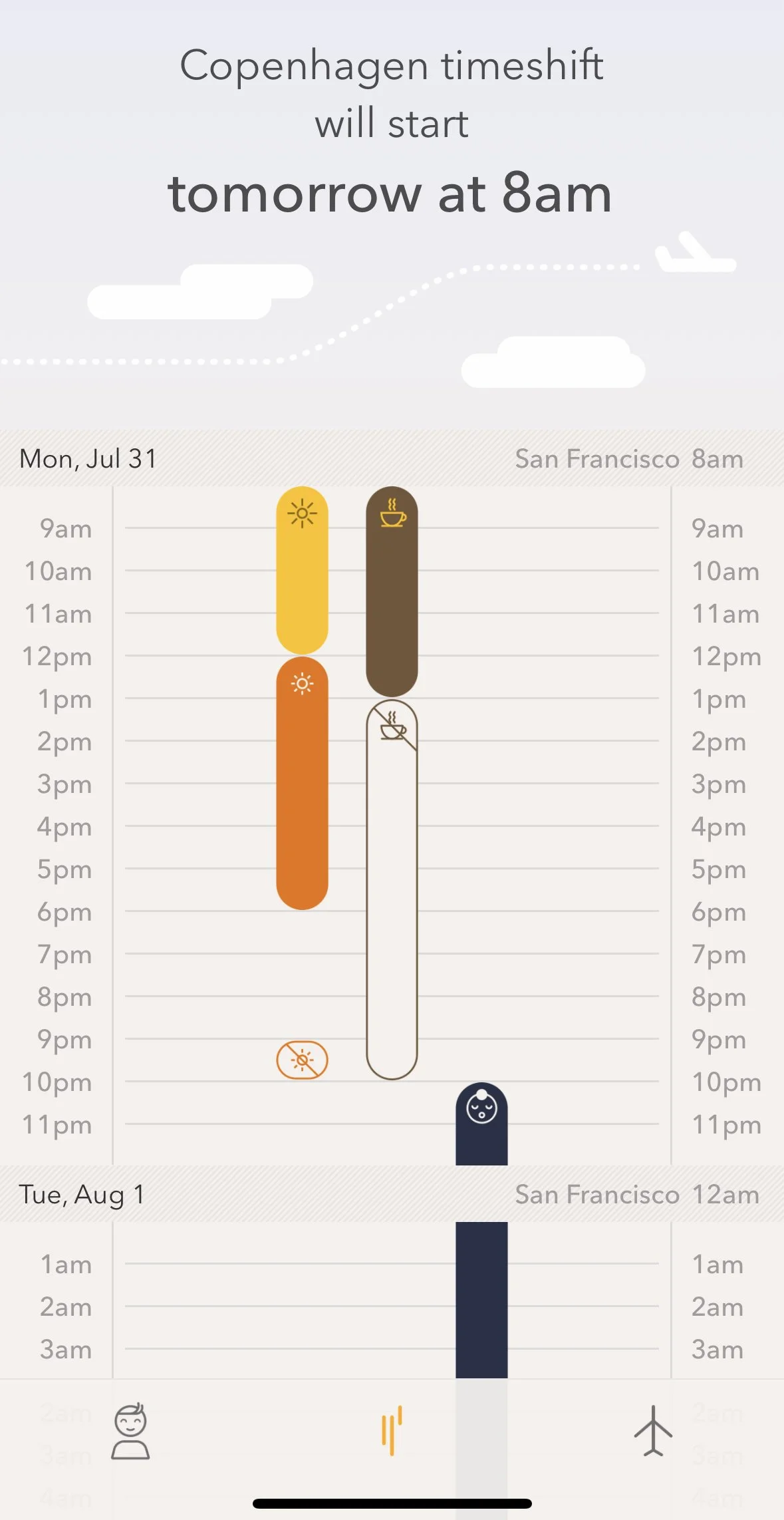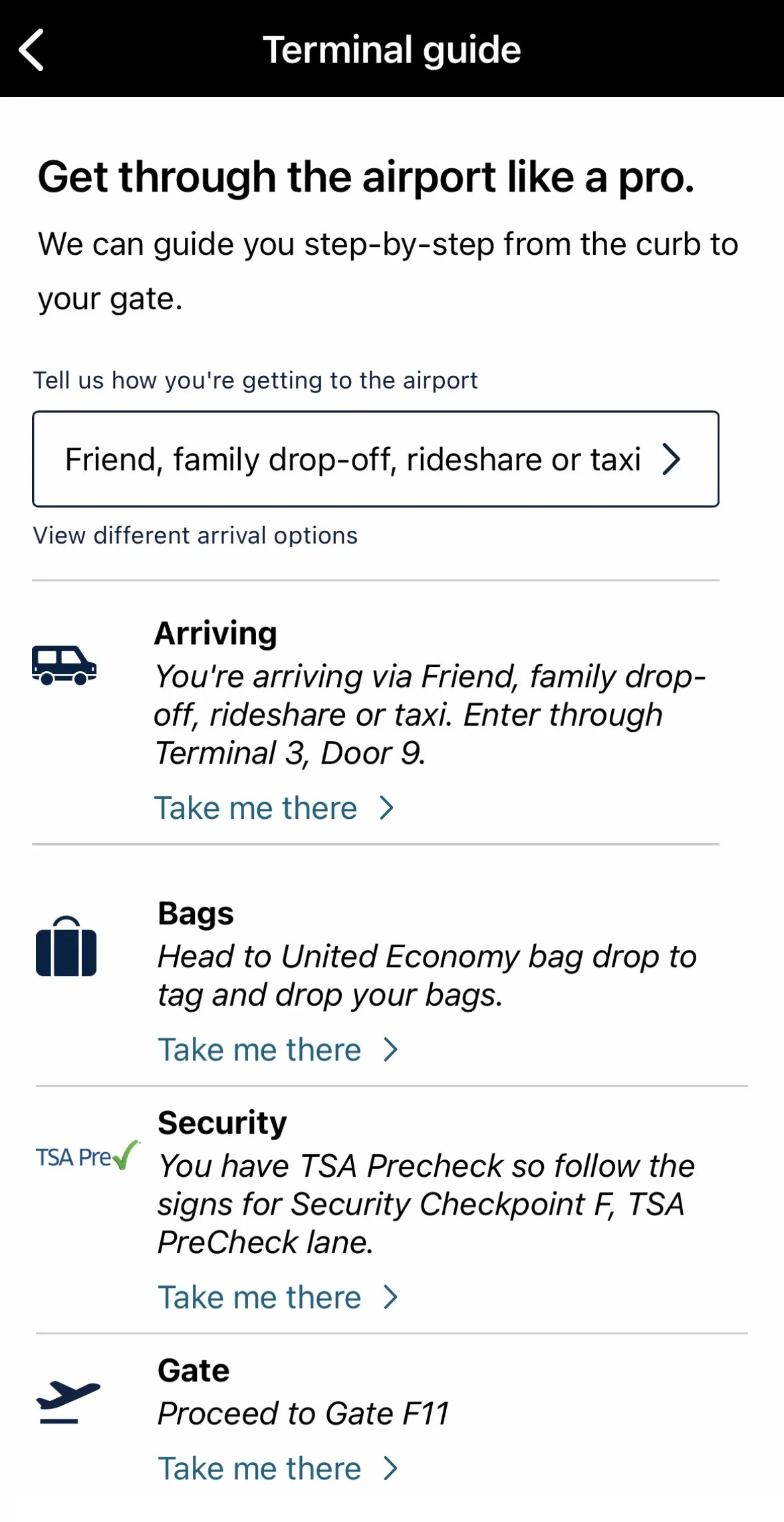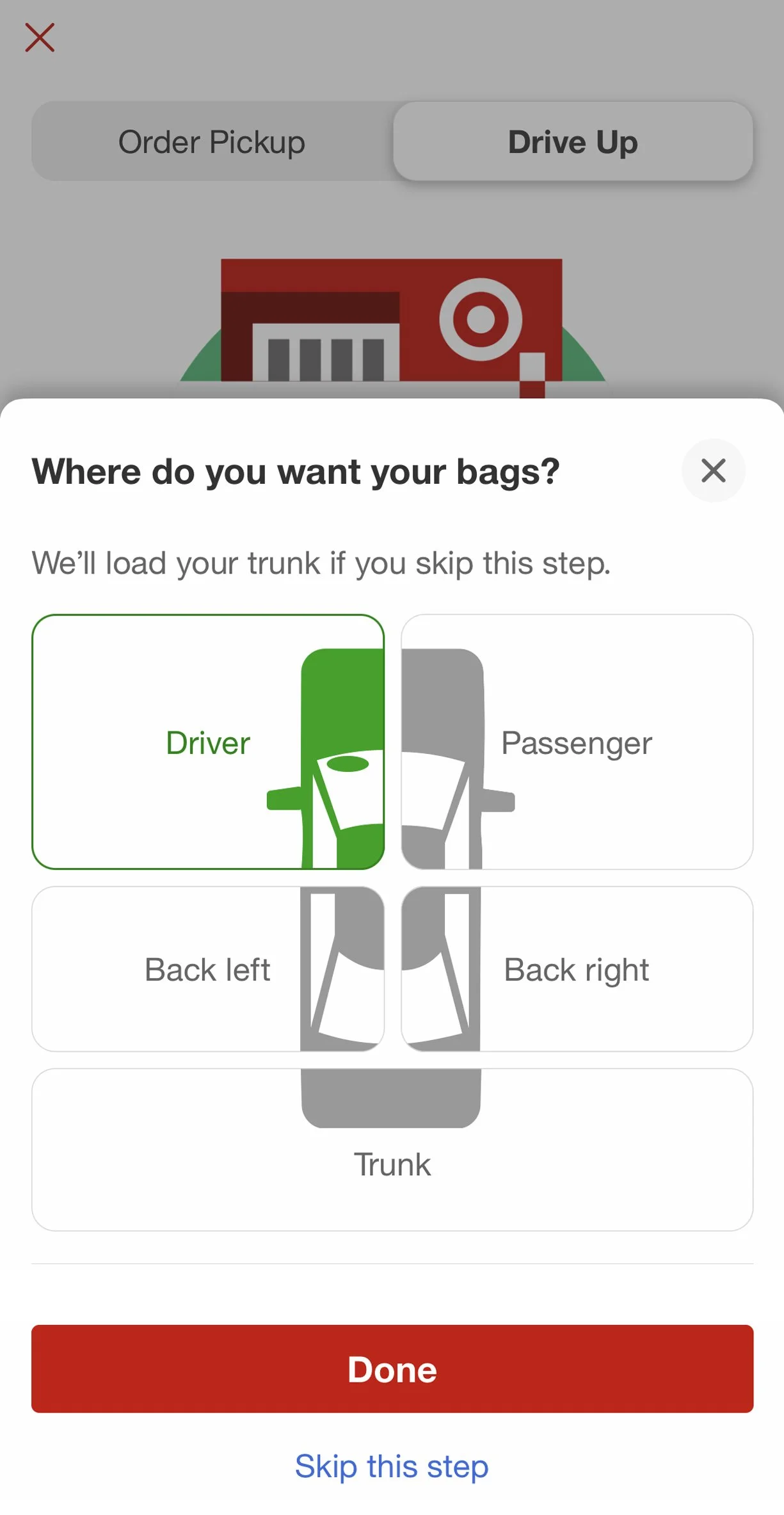We all know what can happen to even the best-laid plans. They can derail, either due to outside forces or simply because we change our minds. Serendipity and spontaneity are hallmarks of memorable journeys, and we should have technology that conforms to us, not the other way around.
Relationships with our tech platforms should recognize preferences, suggest alternatives, and respond to real-time feedback. This type of back-and-forth rapport would amount to a genuine AI assistant. We’ve been promised conversational assistants for a long time, and despite a lot of new wearable tech, they haven’t arrived as promised.
The examples below are far from complex interactions but illustrate responsive situations that momentarily put us in control.





